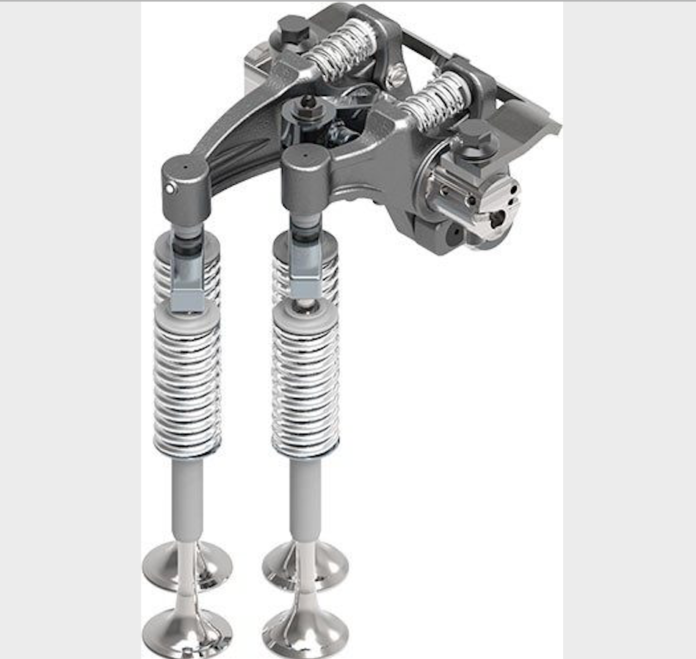Eaton has expanded its portfolio of valvetrain solutions for diesel off-highway vehicles to help OEMs reduce emissions and improve fuel economy.
Eaton’s new technology allows for cost-effective, variable valve actuation with hydraulic lash adjustment (HLA) function. This technology enables precise valve lift control through HLA, coupled with engine braking capability, which in turn helps reduce emissions and improve fuel economy.
“Up until now, nitrogen oxide (NOx) emissions regulations have targeted on-road vehicles, and those regulations have been successful in reducing NOx in high-speed highway applications,” says Dr. Mihai Dorobantu, director of technology planning and government affairs of Eaton’s Vehicle Group.
“The same technologies that reduce emissions and increase fuel economy in on-highway, low-load duty cycles are applicable to off-highway equipment – so we expect the off-highway segment to face similar pressure to reduce NOx very soon,” adds Dorobantu.
In the commercial vehicle segment, U.S. regulations mandate manufacturers to reduce carbon dioxide (CO2) by up to 20% by 2024 and up to 27% by 2027. The California Air Resources Board (CARB) is expected to mandate reductions of NOx emissions by approximately 70% by 2024 and up to 90% by 2027. Additionally, the Environmental Protection Agency (EPA) and CARB are both evaluating new low-load cycle and in-use requirements. Similar mandated reductions in emission levels are expected in European regulations.
Eaton’s cylinder-deactivation (CDA) technology increases the exhaust temperature at low load to allow NOx after-treatment systems to quickly reach a peak efficiency range of 250°C – 400°C. While other technologies can be combined to reduce both CO2 and NOx emissions, Eaton’s CDA is a technology that can simultaneously reduce both.
CDA is just one of Eaton’s variable valve actuation (VVA) technologies. Other technologies include late intake valve closing (LIVC) and early exhaust valve opening (EEVO), which modify valve operation to allow engine manufacturers various methods to maximize after-treatment efficiency and minimize fuel consumption. In addition to keeping the after-treatment system warm, LIVC also enables high compression ratios for diesel engines and fast SCR heating at engine start-up.
Eaton VVA solutions are flexible and adaptable to any valvetrain architecture, allowing OEM customers to implement multiple functions such as CDA and engine braking.
Photo: Eaton’s cylinder-deactivation CDA technology






